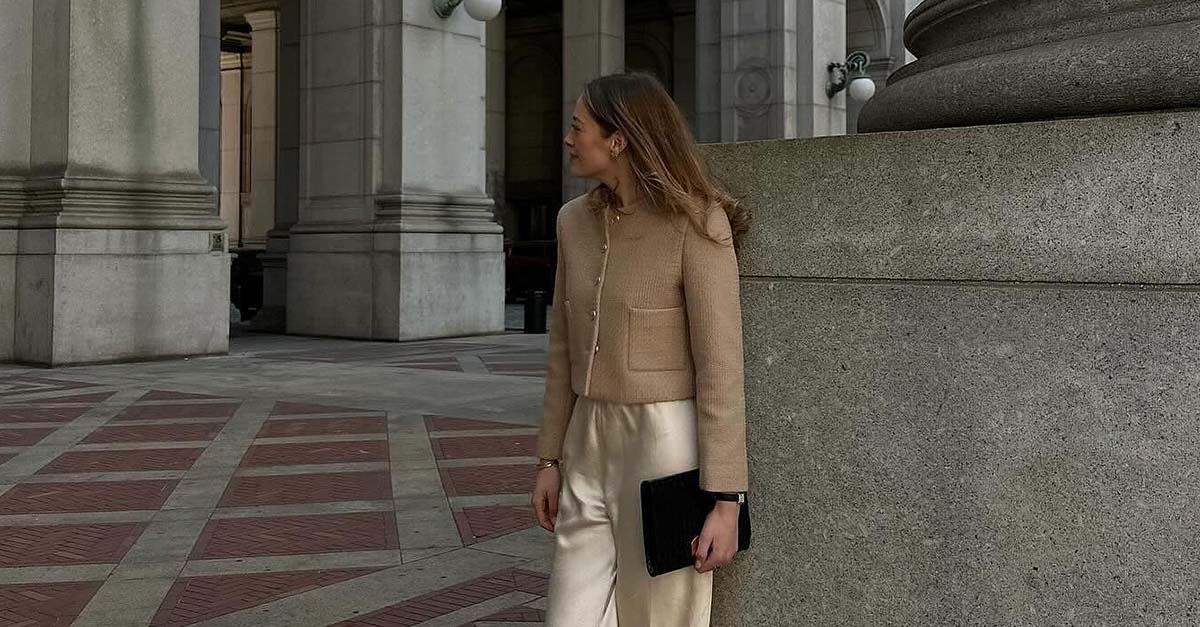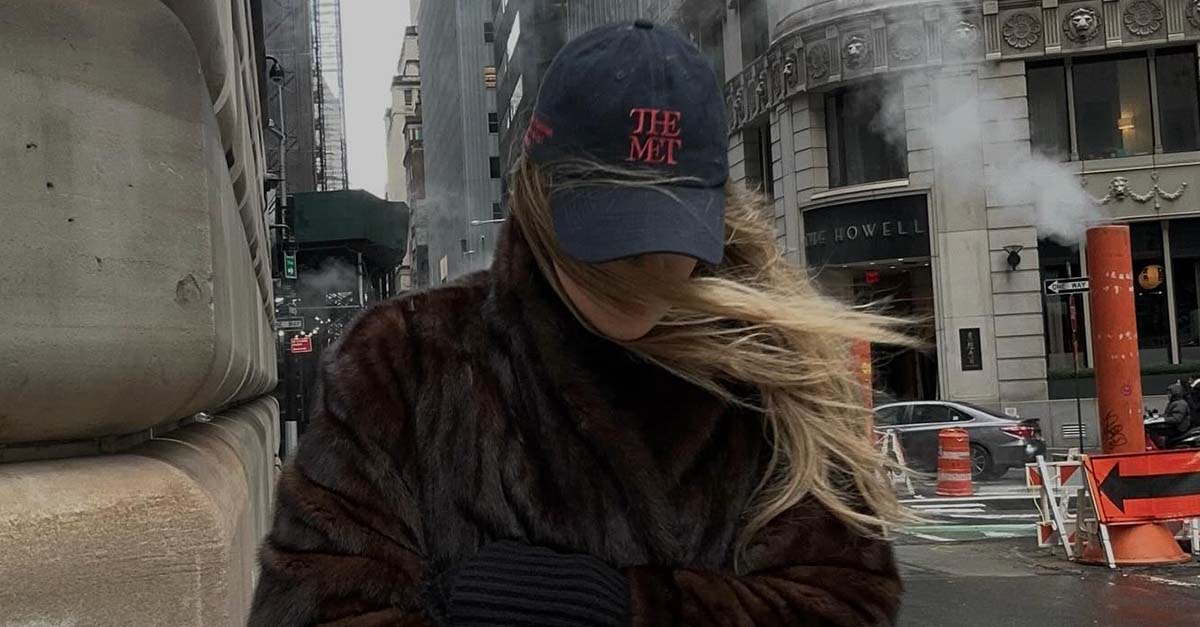
Imagine having the opportunity and privilege to plan 30 days to rejuvenate, reignite your creative spark, and find yourself in a foreign country. What would you do first, and where would you go? The answer seemed straightforward for Imani Ellis, CEO and founder of CultureCon and The Creative Collective: go to France, the previous home of her mentor, seminal novelist and essayist James Baldwin. Although Baldwin traveled to France, specifically Paris, in 1948 to escape American racism, he deemed it necessary to save his life and to jolt his writing career; Ellis left her home and career in New York City to break free from her burnout and being creatively stunted. Ellis needed to experience holistic rest after planning several high-profile CultureCon conferences in New York City and Los Angeles and about a dozen impactful events in between.
While she thought of planning an enviable tropical vacation or wellness sabbatical to relax, Ellis took a different approach by producing her creative residency; the name is akin to her company’s mission: a safe space to foster innovation and imagination for Black and brown creatives and creators. Her creative residency naturally sparked play, wonderment, and enjoyment with the locations in Paris and the South of France. Still, she also wanted to dedicate time to think and rest, with the ultimate goal of finding a way to herself to emerge as her most rested and abundant self.
The core tenets for her creative residency? Play, stillness, and refinement. In Paris, she embodied Baldwin by visiting cafes and restaurants he frequented, centering child-like wonder and the art of play. She intentionally decided not to take herself so seriously, which was initially uncomfortable for her. Still, she got used to it and even bought a toy remote-controlled car that she drove around the cobblestoned streets of Paris for fun. The play portion of her creative residency looked like this for Ellis: saying yes to activities that sparked joy, no matter how small, intentionally seeking moments of playfulness and spontaneity, resisting a rigid agenda, and allowing more wiggle room for activities.
Next, she traveled to the South of France to be still, similar to Baldwin towards the end of his life, as he thrived in silence until he died in 1987. This leg of the trip would be a test for Ellis as she wasn’t used to sitting still for extensive periods but got through it. She settled in the quaint provençal town of Cadenet, embraced stillness, and created an inventory of her biggest hopes and dreams while addressing her worries. When anxiety crept in that she wasn’t doing enough, she would ground herself with the fact that rest was penciled in on her agenda. Ellis affirmed that there was no such thing as laziness on this trip, as rest was and always will be her birthright. In the South of France, she took morning walks without any music, prayed, and spent a decent amount of time in nature. She also dedicated herself to reading impactful books that would foster deepened creativity down the road. Ellis also made a concerted effort to check in with herself emotionally.
She decided to return to Paris for the last leg of her creative residency. She arrived with a new outlook, excited to take her experiences and new learnings about herself back to New York City to inspire other creators to put themselves along with their emotional needs first. She could quickly revisit her values, detach herself from specific outcomes or expectations, and identify and shed any unnecessary emotional weight she was carrying.
When she did return to New Your City, she had a sense of clarity, calmness, and peace that she hadn’t felt in a long time, as he time away allowed her to develop new dreams while pushing her to do the art of nothing, which, believe it or not, is an acquired skill. ESSENCE sat down with Ellis to discuss why she created this specific type of sabbatical trip, what she learned about it, and how the concept can be accessible to those who can’t travel far.
ESSENCE: When we talk about Black Excellence or living the soft life, sometimes there seems not to be a sweet spot in the middle. Some Black women feel they must constantly choose between rest or being excellent. Speak about how you got to the point where you wanted to take a creative residency.
Imani Ellis: You summarized it so beautifully. As a former athlete and a former ballerina, I was very productivity-driven, so I tied productivity to my value. I didn’t realize I was doing that. Because, as a Black woman, you do want to over-deliver; you don’t want to give any reason or excuse why you shouldn’t be promoted. And I was operating at a very high level of stress management, carrying it all. I thought rest was something that I would receive as a reward I would get when I was burnt out. That was the catalyst for me to take this creative residency. I finally realized that the grind doesn’t stop until you say so. So, I looked at my life over the last ten years. And I said, ‘Okay, so you’re going to work forever?’ And I knew that I had to make a drastic decision because I was my boss for the first time in my life. So even if you don’t work for yourself, we all have choices. I think, for me, it was realizing that I had a choice. Whether I decided to take a weekend or a month, I decided that how I was working wasn’t sustainable for a healthy life.
We can choose wellness, and we can choose anything that we want to do. And sometimes, Black women don’t feel they have the agency to choose because of all the pressure constantly being mounted on our shoulders. Talk about why creatives need to pour back into themselves. And when that moment that you had that shift and thought process.
So much of our creative journeys are the output, right? We’re a very output-driven culture; what are you producing? But rest is just as important. Creatives (I think everyone’s creative; you could work in accounting and be creative) need to redefine our work cycle, how we identify where we get our energy from, and where we do our best work—taking the time to find that stillness, allowing yourself to get bored, allowing yourself not to be stimulated so that your brain can just settle. And that’s what I mean when I say choices; you don’t have to go to Paris to sit still. You could take a walk at noon. It’s different for everyone. I like to work, so I’m not entirely on board with living a soft life; I think I would be bored. I want to work hard, but now I realize I must rest hard. You have to figure out what feels right to you and observe the characteristics of when you’re feeling depleted. Are you short with people? Are you not sleeping? Do you need to eat? For me, I wasn’t inspired. I had no inspiration. I didn’t want to do anything.
So, getting back to your trip, you called it a creative residency. Can you explain why you chose that word instead of a wellness sabbatical?
I wanted it to be a creative residency because I wanted to put myself back in the framework of a student. That was important because I wanted to set tangible goals, so it wasn’t a vacation. For me, this trip wasn’t about just rest. It was also about returning to my most creative and abundant self. So, rest was also part of that journey.
What did you learn about yourself during the trip?
Productivity is not tied to my value, and if I never produced another thing, I would be valuable, I would be loved, and I would have lived a beautiful life. I didn’t believe that. So, when you recognize that your value is not tied to your productivity, the world opens up because now, how you decide to do things isn’t from a place of lack. Instead, you ask, ‘Does this make my soul happy?’ and that’s just a different kind of trajectory. The second thing I learned is that I have more autonomy over my life than I thought. I was on a hamster wheel before.








